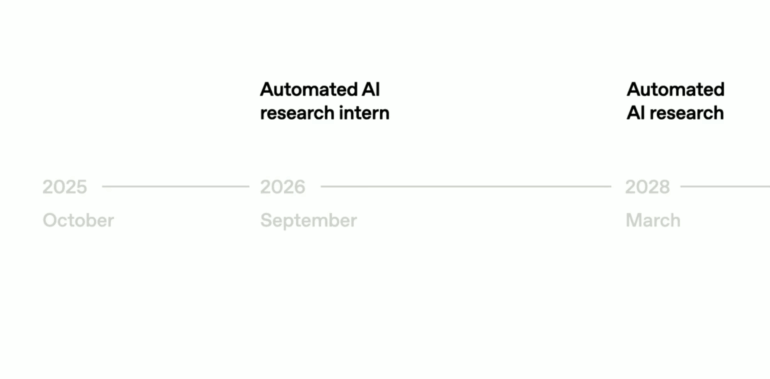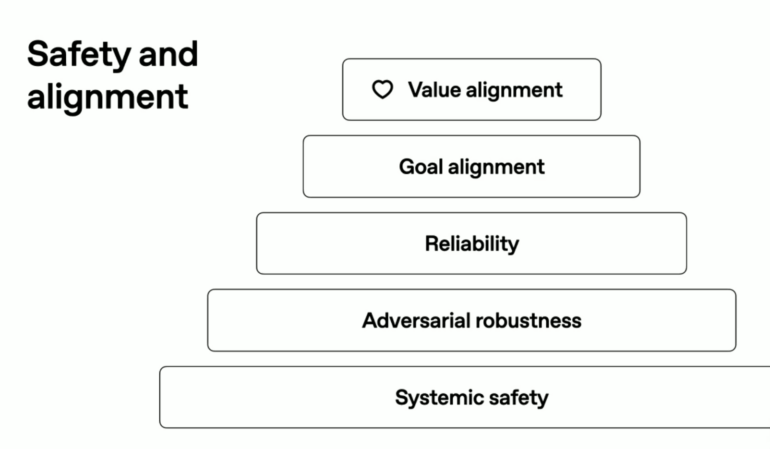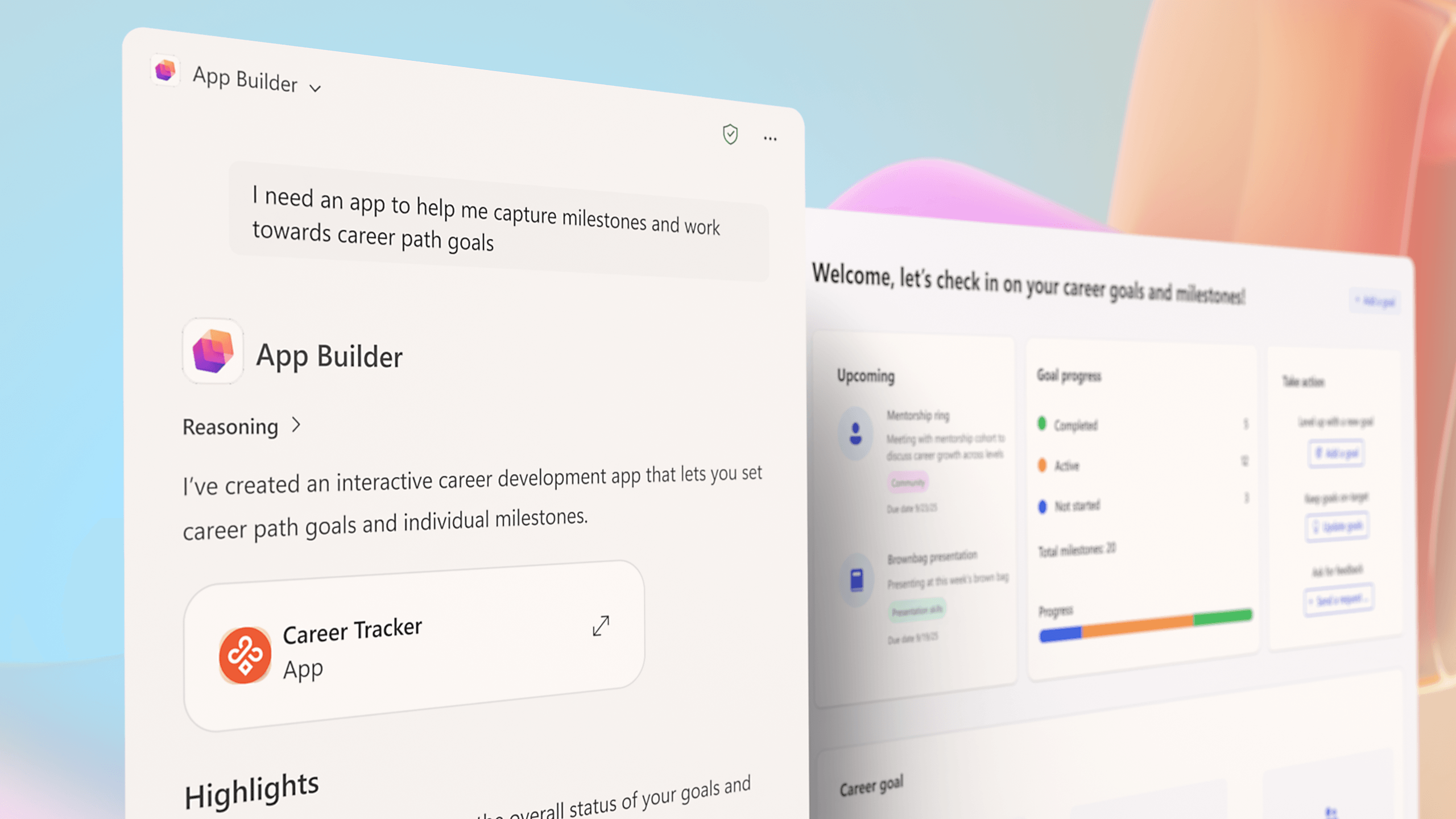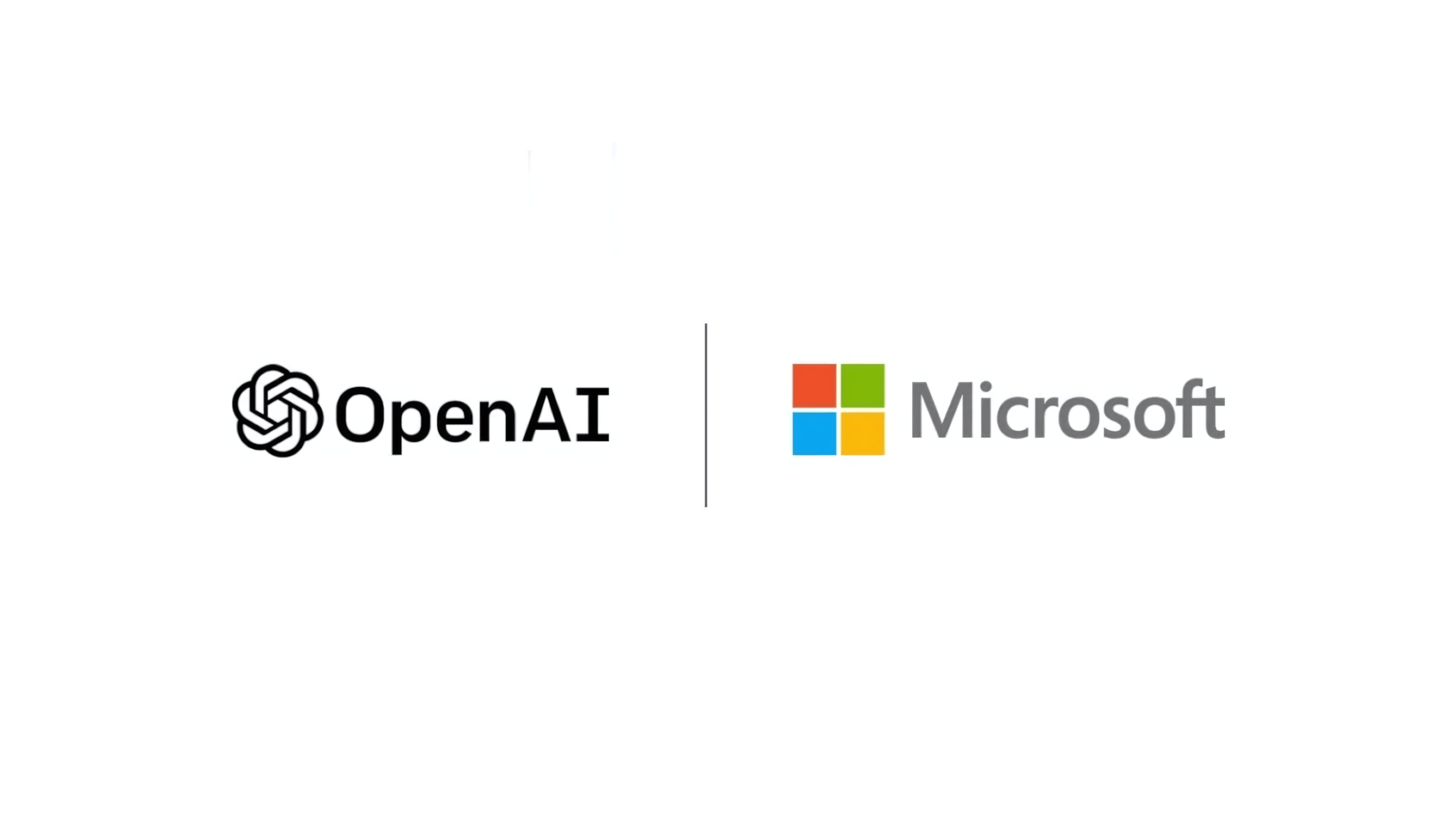ARTICLE AD BOX
OpenAI has released its first official timeline for AI research as part of a broad reorganization of its internal structure. CEO Sam Altman and Chief Scientist Jakub Pachocki also shared details about the company’s future infrastructure and safety strategy.
During a detailed presentation, Altman and Pachocki explained that OpenAI has refined its approach to developing artificial general intelligence (AGI). Rather than pursuing a prophetic, all-knowing form of intelligence, the company now aims to create tools that help humans shape the future.
Altman described OpenAI’s work as resting on three pillars: research, product, and infrastructure. All three, he said, are essential to make AGI useful in practice. The company’s goal is to build a personal AGI that can assist people at work and in everyday life, connected to tools like ChatGPT, a proprietary browser called Atlas, and future devices that make AI accessible everywhere.
OpenAI sets timeline for AI researcher development and outlines new safety architecture
Pachocki presented an ambitious research roadmap. According to him, OpenAI plans to develop an AI system with “research intern” capabilities by September 2026, designed to significantly accelerate human scientific research. By March 2028, the company aims to complete a fully autonomous AI researcher capable of running independent research projects.
Ad
THE DECODER Newsletter
The most important AI news straight to your inbox.
✓ Weekly
✓ Free
✓ Cancel at any time
 Image: OpenAI
Image: OpenAIAs the theoretical foundation for this work, Pachocki pointed to continued scaling of deep learning systems, particularly through "in-context compute" - computing capacity at runtime that extends a model’s reasoning process.
For safety, Pachocki introduced a five-layer model that ranges from value alignment (what the AI aims to achieve) to goal alignment, reliability, adversarial robustness, and systemic safety. A central new research area involves Chain-of-Thought Faithfulness, a method that allows parts of a model’s internal reasoning to remain unsupervised. This approach, Pachocki said, could reduce negative effects of over-monitoring during training and offer more accurate insights into how models think.
 Image: OpenAI
Image: OpenAIGPT-4.5’s role and what’s next for OpenAI models
Altman and Pachocki also addressed questions about OpenAI’s current and upcoming language models. Many users have asked about the future of GPT-4.5, often regarded as the best model for writing tasks. Altman said GPT-4.5 will remain available until a clearly superior model is ready, adding that next year’s updates will bring “much better” models, especially for writing and creative work.
Altman stressed that OpenAI isn’t “hiding” internal models. While there are prototypes and modular components being tested, he said there’s no complete internal system significantly more advanced than what’s publicly released. Pachocki added that multiple ongoing research projects are expected to merge in the coming months into noticeable performance improvements across the product lineup.
Trillion-dollar infrastructure plans and massive AI investments
Altman also shared rare financial details. OpenAI has committed to about $1.4 trillion in infrastructure spending, spanning roughly 30 gigawatts of compute capacity to run future generations of AI models.
Recommendation
Partners include AMD, Broadcom, Google, Microsoft, Nvidia, Oracle, and Softbank. The company is building modular Stargate data centers, with one already under construction in Abilene, Texas, and exploring new semiconductor manufacturing facilities.
In the long term, Altman said that OpenAI wants to essentially create an infrastructure factory capable of producing one gigawatt of computing power each week, reducing the estimated cost to about $20 billion per gigawatt over five years.
Collaboration and long-term vision
When asked about cooperation with other AI labs, Altman said OpenAI is pursuing joint safety standards and transparency initiatives with Anthropic, Google Deepmind, and xAI. Current partnerships already include shared research on neural network interpretability.
Altman also reiterated that OpenAI has no plans to introduce an advertising-based business model. Revenue will instead come from subscriptions, hardware sales, and enterprise solutions. Over the long run, he said, the company will need hundreds of billions of dollars in annual revenue to sustain its massive infrastructure ambitions.

 2 hours ago
1
2 hours ago
1



